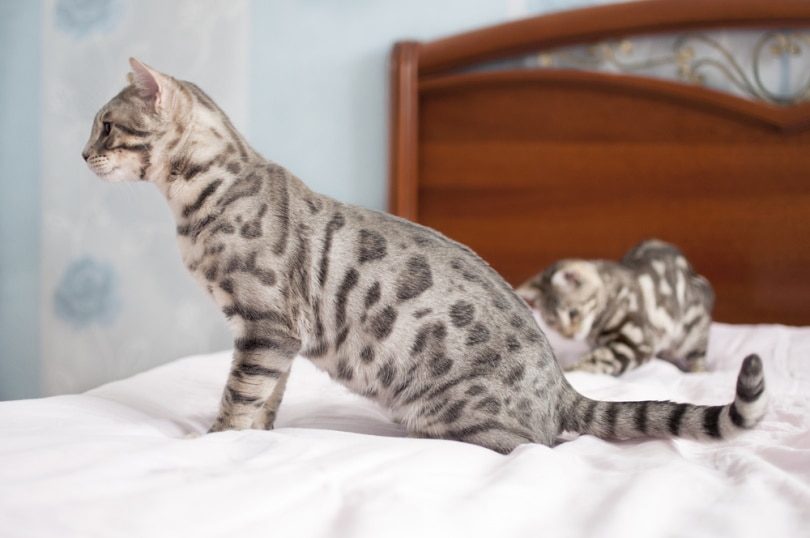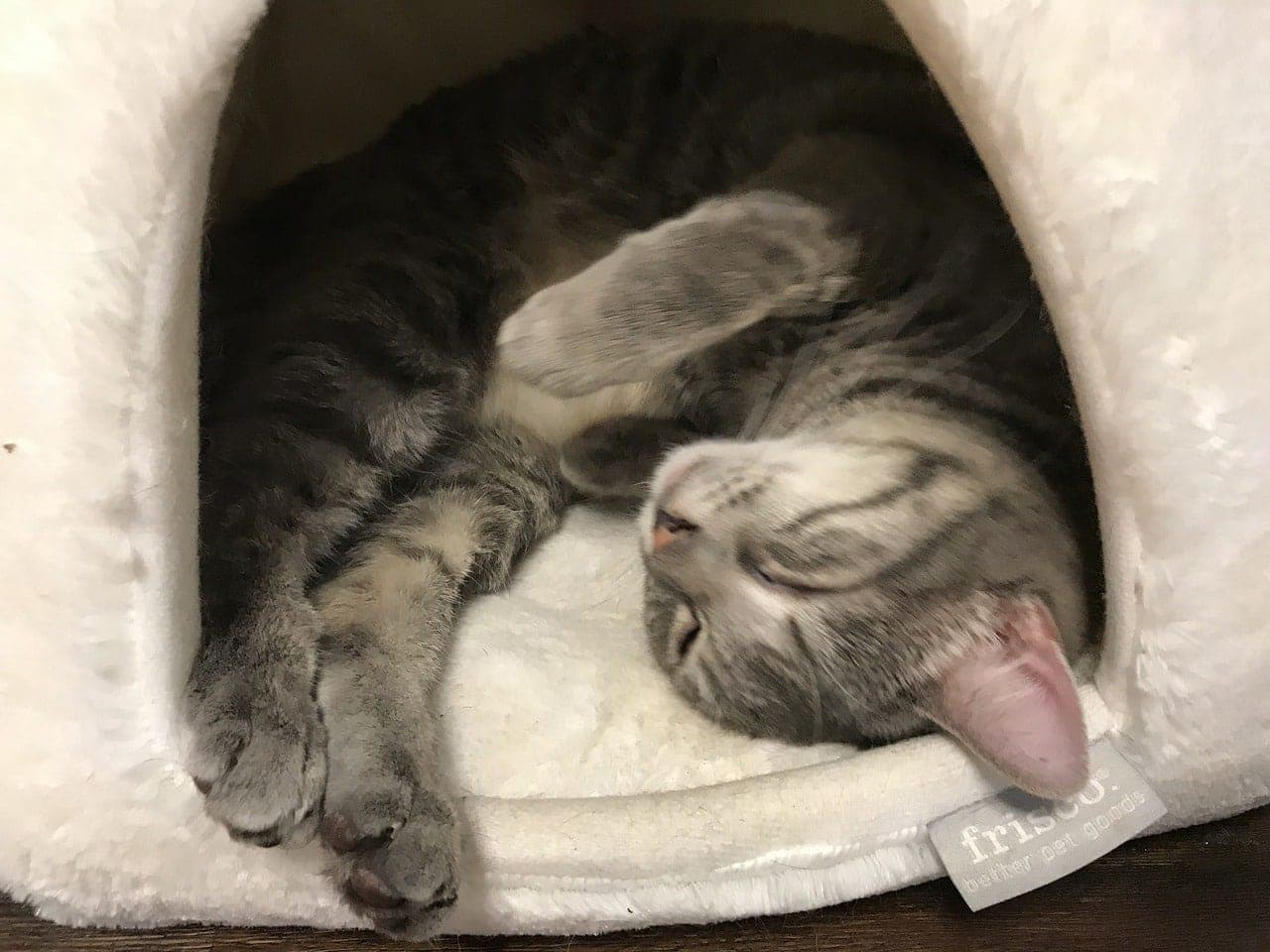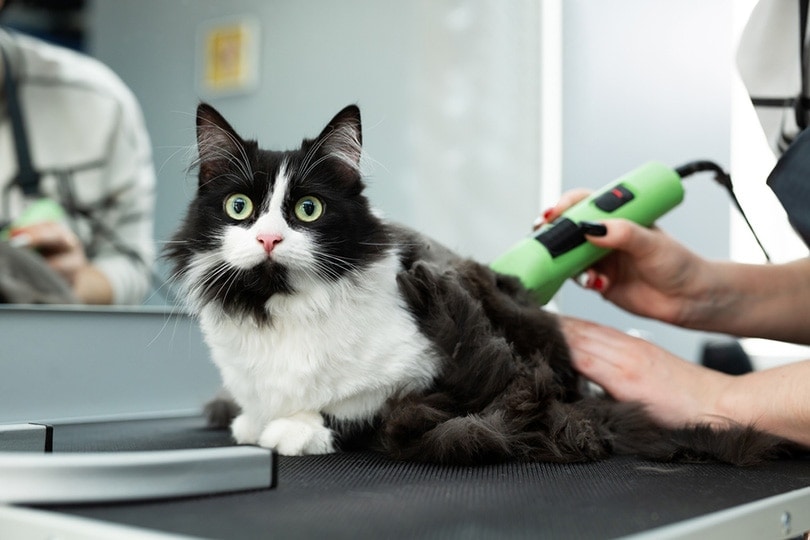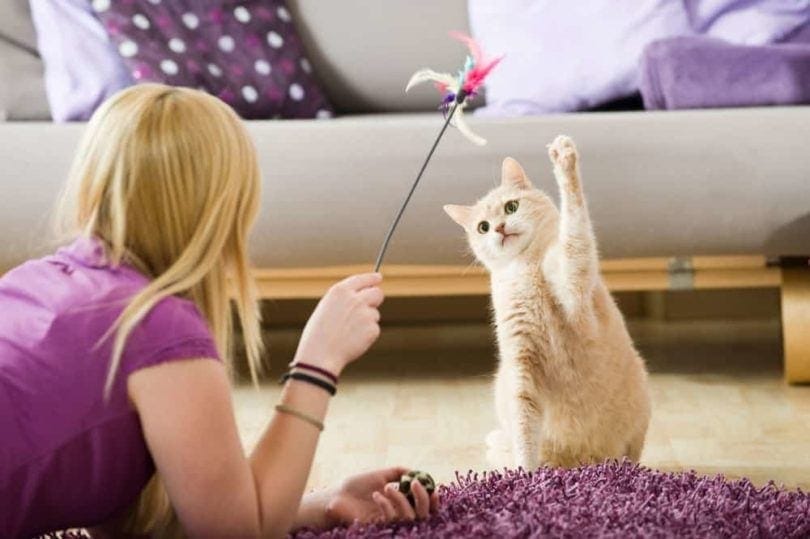Blue Bengal Cat: Facts, Pictures, Origin & History

Updated on

Click to Skip Ahead
The Blue Bengal cat is one of the most attractive and interesting of the Bengal cat variants. Ranging from bluish gray to gray, the Blue Bengal cat is a rare and desirable cat that retains their jungle cat ancestry and the refinement of a domestic shorthair. Despite being a descendant of a wild cat, Blue Bengal cats are friendly, energetic, and easygoing cats.
The Earliest Records of Blue Bengal Cat in History
The Blue Bengal cat is one of the shade varieties of the Bengal breed, which is the result of an accidental cross between an Asian Leopard cat and a Domestic Shorthair. The earliest mention of the breed was in 1889 when Harrison Weir wrote about Bengals in Our Cats and All About Them.
Initially, breeding wasn’t successful and stopped after just a few generations. Jean Mill of California was a breeder who successfully created the modern Bengal breed. This was the first recorded and deliberate cross of an Asian Leopard cat and a domestic cat, the California tomcat. Still, it took years before the breed took off.

How Blue Bengal Cats Gained Popularity
The Bengal cat has Asian Leopard cat heritage. However, Bengals must be at least four generations away from a Leopard cat to be domesticated. This breed was popular as an exotic pet in the mid-century, but they became a recognized domestic breed in the late 20th century and early 21st century.
Part of the popularity of the Bengal cat is their exotic look, resembling more of a wild cat than a domestic cat. They come in spotted or marbled markings, and the Blue Bengal is the rarest color. The rarity creates demand among cat owners, and several breeders are working to breed championship Blue Bengals.
Formal Recognition of Blue Bengal Cat
After Mill resumed her breeding efforts in 1970, others began breeding Bengal cats, and their popularity grew. In 1983, the breed was officially accepted by The International Cat Association, and Bengals gained championship status in 1991.
After the acceptance from a major breed association, other registrations like the Governing Council of the Cat Fancy and the Fédération Internationale Féline accepted Bengal Cats. From the 1980s to the present day, the popularity of the Bengals skyrocketed. Over 125 registered breeders were listed with The International Cat Association in 1992, which has grown to nearly 2,000 Bengal breeders as of 2019.
Top 3 Unique Facts About Blue Bengal Cat
1. The Blue Bengal Isn’t Exactly Blue
Though called a “Blue” Bengal, this color is more of a gray or powder blue with cream tones. The spots or marbled markings are metal gray or a deeper blue-gray color. The color is created with recessive genes, so both parents must carry the blue gene to create a Blue Bengal. Some of the most desirable variants have blue markings with a steel-blue base color.
2. Despite Its Domestic Heritage, Bengal Cats Are Restricted in Some Places
Some US cities and states prohibit the ownership of Bengals or hybrids of wild and domestic cats, including New York City and Hawaii. Other areas, such as Seattle and Denver, have limits on Bengal ownership. In Connecticut, owning any generation of the Bengal cat is illegal. Otherwise, fifth-generation Bengals are domestic and legal, but some locations require a permit for ownership.
3. Bengal Breeding Arose from Genetic Testing
Mill created the first known deliberate cross of an Asian Leopard and a domestic cat, but she didn’t attempt to breed seriously until later. In 1975, she received a group of Bengals that had been bred for genetic testing at Lorna Linda University, which fueled her breeding efforts.
Does the Blue Bengal Make a Good Pet?
Blue Bengals are smart, playful, and energetic cats. Unlike many cats, they enjoy playing in water and will play fetch with their owners. They also bond with their owners like dogs and like to spend time with them. They’re not a needy breed, however.
Since they’re highly social, Blue Bengals are a good choice for families with children or other pets. If socialized early, Blue Bengals will enjoy playing with children and get along with dogs and other cats. There’s no correlation between the color and personality or temperament differences with the Blue Bengal versus other Bengal colors or patterns.
Conclusion
The Blue Bengal is an in-demand blue-gray color variant of the popular Bengal cat. Owners of these cats appreciate their exotic jungle looks and sweet, friendly temperament, which makes the breed popular for cat owners. Though rare, finding a Blue Bengal is worthwhile because they make remarkable pets.
Featured Image Credit: Kutikova Ekaterina, Shutterstock












